According to Turkey’s Directorate General of Migration, Turkey hosts 3,650,000 Syrian refugees with temporary protected status—44 percent of them children—plus 100,000 Syrians with legal residency and 93,000 who have been granted citizenship. There are also unregistered Syrians: 34,000 were apprehended in 2018; actual numbers are likely higher.
Only 2.4 percent of Syrians are in camps, with the remainder mostly in Turkey’s cities. Foremost is Istanbul with 548,000 registered Syrians but with an equal number who are mostly registered elsewhere in Turkey. Large numbers are also in cities near Syria including Gaziantep (443,000), Sanliurfa (431,000), Hatay province (430,000), and the rest scattered throughout Turkey.
Over 64 percent of the urban Syrian households live close to or below the poverty line. Some 1 million Syrians work informally, with 20 percent of them minors. One-third of Turkish workers also work informally, though generally commanding higher wages. According to a survey by the Turkish Red Crescent (TRC) and the World Food Program (WFP), 84 percent of refugee households have at least one person working but only 3 percent had work permits. Work permits are available to Syrian refugees, but employers must apply on their behalf and pay taxes and social security while providing at least the minimum wage. This means that there were only about 60,000 work permits in 2019. The 2019 monthly minimum wage was 2,020 Turkish liras (TL) after taxes, Syrians with regular jobs (a “contract” and regular hours) averaged 1,312 TL, the 54 percent who were irregular workers made 1,058 TL. Also, 1.6 million of the most vulnerable refugees are supported by the EU-funded Emergency Social Safety Net providing 120 TL monthly per family member.
Syrian refugees have access to free healthcare and education but poverty and the need to work coupled with language difficulties mean that 40 percent remain out of school. Language also poses a barrier to health care. A conditional cash transfer program supported by the EU and others reaches 460,000 refugee children, with a higher stipend for girls to encourage attendance. For many refugees, life is not easy, but it is safe compared to Syria and according to polls there is no wish to return to Assad’s Syria.
At first proud to be hosts, Turkish public opinion has turned against the refugees. A poll in 2016 showed 72 percent had no problems with refugees. These days and across the political spectrum around 80 percent wish for their return to their home country. A sharp 2018 economic downturn has had an effect. This is also a historical pattern for host countries. “As the number of refugees and length of time they remain in a country grows,” Fletcher School’s Karen Jacobsen notes, “citizens… become less willing to provide for them.”
There has been a political cost: the ruling Justice and Development (AK) party lost all three of Turkey’s major cities and others in the 2019 Municipal elections. The refugee issue was especially prominent in Istanbul. In the aftermath of the elections, In July/August 2019, there were moves to push Syrians not registered in Istanbul out of the city with many detained and some deported to rebel areas in Northern Syria. This had a chilling effect despite government protestations that its policy against refoulement had not changed.
It is in this context that the current push for a safe zone must be seen. This is not a new idea. Turkey has floated it numerous times and has operationalized it in military operations in northern Syria. Operation Euphrates Shield in 2016 largely targeted ISIL and cleared a 100 km stretch of the border while securing 2000 square kilometers including towns like Jarablus and Al Bab. The second, January 2018’s operation Olive Branch, focused on the largely Kurdish Afrin province to push the PYD/SDF, who governed the region, away from Turkey’s borders. This expanded Turkish control to 3,500 square kilometers. Turkey says that 329,000 Syrian have returned to both areas, while denying charges of ethnic cleansing around Afrin.
Current safe-zone plans in areas vacated by the PYD/SDF in northern Syria are of a different order territorially and demographically, extending to a depth of 30 kilometers over an area stretching hundreds of kilometers. At the U.N., President Erdogan called for the phased return of an initial one million refugees. The plan is to cost $27 billion and includes building 140 “villages” of 5000 people and 10 towns with 30,000 inhabitants. These will need schools, hospitals, health centers, infrastructure, administrative services, local security forces and elected local councils. Then refugees need to be convinced to return and the international community convinced to help with funding.
Syrians in Turkey from these areas number 471,000. How many will want to go back is unknown. Convincing those from elsewhere in Syria will be even harder. The government states that all returns would be voluntary, pointing to those having returned to areas earlier occupied by Turkey. Yet Turkey’s Syrian refugees keep growing: some 500,000 Syrian children have been born in Turkey since the crisis. While something may yet emerge from President Erdogan’s call for an international U.N.-led donor conference including Jordan and Lebanon, the EU has said that its funds for Syria will await a political solution to the war. Other sources of funding appear uncertain as well.
The real and more immediate gains will be in better integrating refugees already in Turkey. There is a role here for the whole of Turkey’s political establishment, including its opposition parties whose rhetoric has at times matched those of populists and nationalists in the West. As to the donor community, not only is the welfare of refugees a global public good, they should have an interest in helping host countries deal with this unprecedented refugee influx. Lessening the fragility of these countries can only help stabilize the region and prevent another massive refugee move to the West as in 2015/2016. The emergence of an isolated and alienated underclass prone to criminality and radicalization in later generations will not only threaten host countries but inevitably spread instability beyond the region.
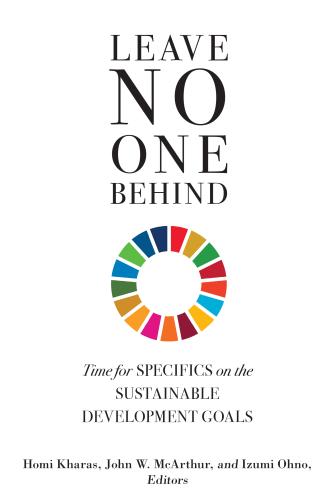


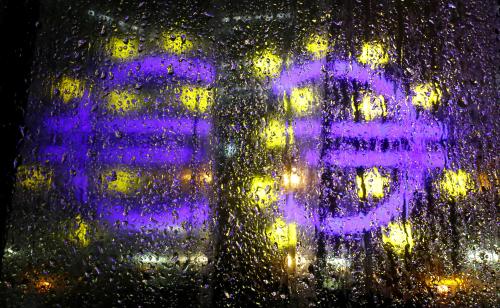
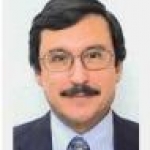
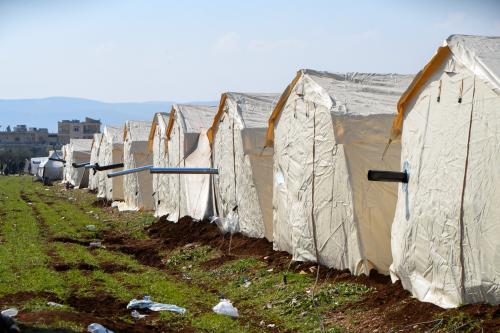
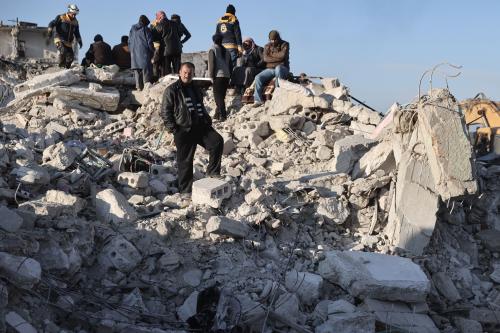
Commentary
Turkey’s Syrian refugees—the welcome fades
November 25, 2019